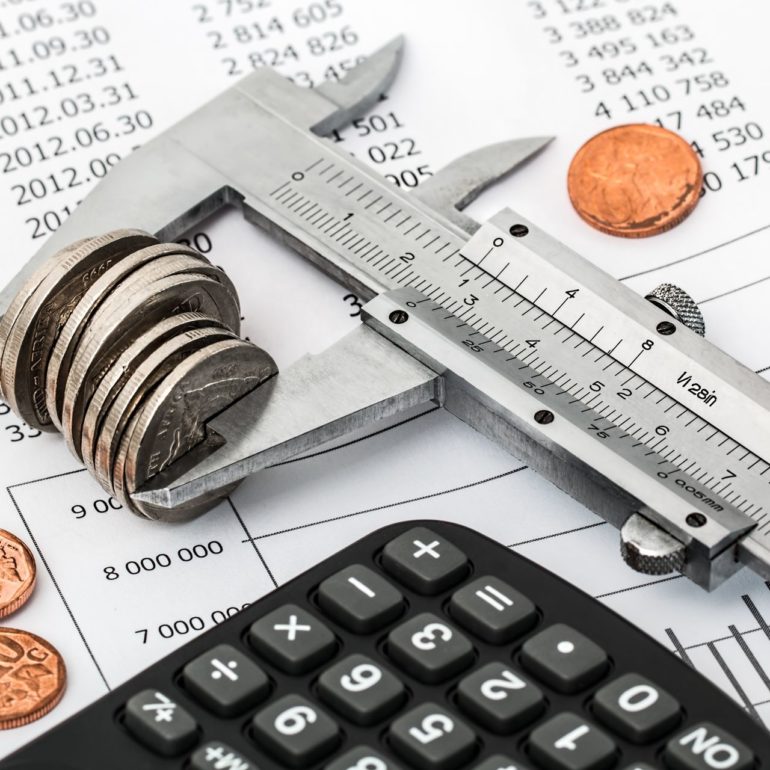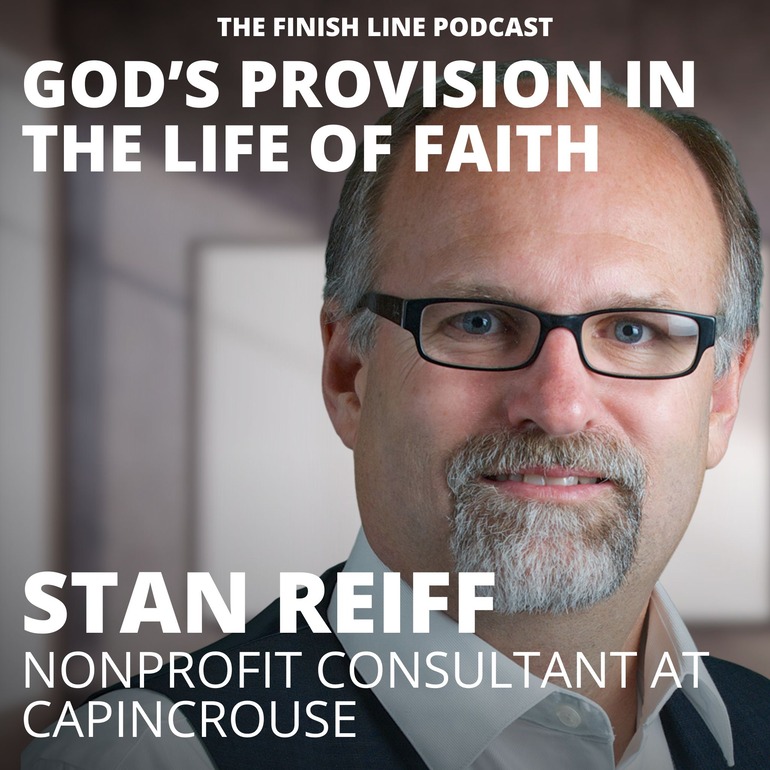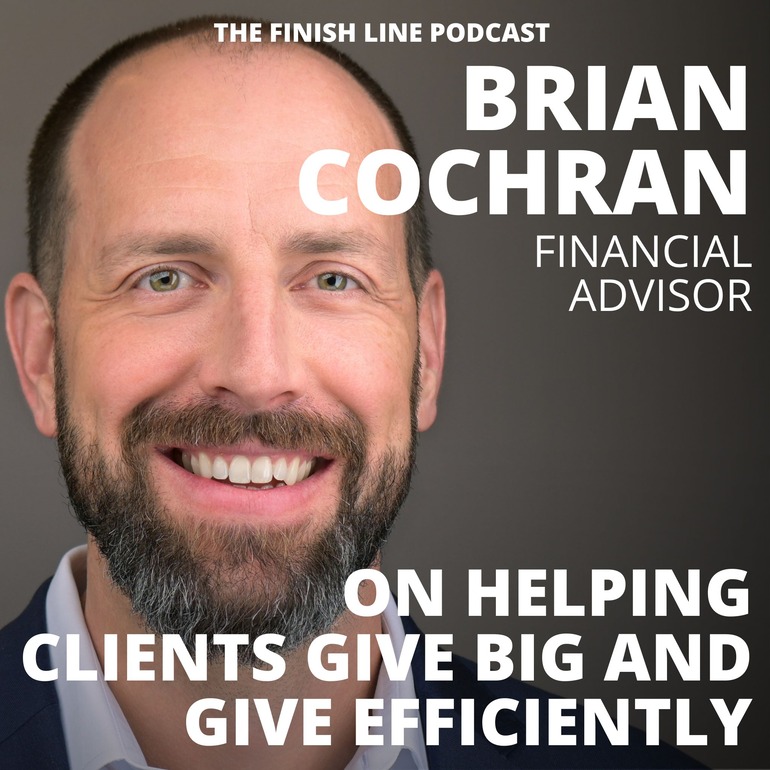Living on a Fixed Income
For anyone living on a budget of any kind, there are a number of situations that are guaranteed come up. Whether you have a detailed system to handle them, or you go with the flow, you have likely encountered several of them.
While many people are at least somewhat familiar with the idea of budgeting, there is an important part that inevitably comes into play: income variation.
You might be thinking that you have had the same paycheck every 2 weeks for a long time – it’s as steady as it gets. But the fact is that there are always little bits of unexpected income, even for salaried employees. These are things like tax refunds, bonuses, reimbursements, and side gigs. Even with the strictest of budgets, we all tend to factor in these kinds of surprise income to help with larger purchases or surprise expenses. For those of us with a variable income, the effect is even more pronounced.
If we were to commit to a finish line for our spending, all the remaining income above our operational costs would be used to invest in the things God places on our hearts. That means when that tax refund comes in, or our bonus is twice what we expected, it doesn’t change the amount we would spend on ourselves. However, it does increase our capacity to invest in the things God is drawing us into.
With this in mind, let’s talk through a couple scenarios that are likely to come up at some point, and some strategies to address them. By planning for these scenarios, we are more prepared to live within the boundaries of our operational costs in order to keep any remaining income free to use for God’s purposes.
Normal Fluctuation in Expenses
It is normal for expenses to vary month to month. Needs change frequently. Some months, you may find that you have plenty of room in your budget at the end of the month. Other months might be quite tight. From time to time, you might even run over your budget.
There are a number of things you can do to account for this fluctuation, and stay within the budget you set.
- As much as possible, make necessary expenses early in the month. If you can adjust your billing dates for important bills, move them to the first or second week of each month. That way, the big things are accounted for early.
- Create a portion of your budget assigned to “random annoying expenses”. It may seem like minor car repairs, doctor’s visits, vet bills, parking tickets, and other similar expenses come up randomly (and at the worst times, of course). However, if you look back over the last several months, you’ll likely find that these expenses tend to cost a few hundred per month on average. Just plan them into your budget as one big group. That way, you won’t be surprised next month when your vet charges you $100 to tell you your dog has a stomach bug. It may take a little adjusting until you find the sweet spot, so feel free to play with the amount until you get it right. We’ll cover bigger emergencies in a minute.
- When possible, save “splurge” purchases until late in the month. By doing so, you can better compare the various items that caught your eye over the month and choose the ones that you care about most. If you make these purchases throughout the month, you may end up with something you really want to purchase at the end of the month, but you’ve already used up all the room in your budget on things that you don’t care quite as much about. Remember, you can have just about anything you want, but you can’t have everything you want.
- Keep a list of “want” items to help you prioritize. Similar to the previous strategy, keeping an ongoing list of things you want “one day” helps to make sure you are actually purchasing the highest priority items. Over time, you’ll likely notice that some things fall off of this list altogether, without ever being purchased.
Planning for Emergencies
You may have already heard of an “emergency fund” before. The purpose of an emergency fund is to prevent chaos from breaking loose if you incur a sudden expense of several thousand dollars, or lose some of your income. If it hasn’t happened to you yet, it is bound to happen at some point – your car is totalled, your basement floods, you require emergency surgery with a significant hospital bill. Planning in advance will help you from being crushed by the weight of these expenses. If you don’t have anything in place, here’s one approach to getting started:
STEP 1: Open a savings account and use a portion of your budget each month to save $1,000 into this account. Prioritize this ahead of any other savings goals and purchases. Remember, this savings comes out of your budget, not the money set aside to invest in God’s kingdom.
STEP 2: After getting your initial emergency fund to $1,000, designate a regular amount of your budget to transfer into your emergency fund until you have enough to cover your monthly budget for 3 months. If you are in a job with significant income variability, make that 6 months instead. Once you reach your goal, you can stop transferring money each month.
STEP 3: If you incur a sudden large expense that you can not otherwise cover, use your emergency fund to cover it. As soon as you use part of your emergency fund, start funding it again each month until you reach your 3 or 6 month goal. Remember, small emergencies happen with some regularity. Try to keep some room in your regular budget for these smaller unexpected expenses. Leave your emergency fund to cover the major expenses. That way, it’ll be there when you really need it.
Large Purchases
There will be times when we need to purchase items that would use a majority of our monthly budget, or even multiple months’ budgets. For these items, it is necessary to plan ahead. Here’s one simple strategy you can use:
STEP 1: Open a savings account. At some banks, you can even name this account with the name of the thing you are saving for.
STEP 2: Determine how much you are able to set aside from your budget each month towards this item. Alternatively, if you have a deadline, you can determine how much you would need to set aside each month in order to reach your deadline.
STEP 3: Start transferring that amount each month into the savings account you created. If you have some extra room in your budget one month, consider using some of that unused budget to reach your goal even faster.
BONUS: After you purchase your item, keep the savings account open for when you need to save for your next item. Keep in mind that some banks may require a minimum balance to keep the account open.
Conclusion
Living with a financial finish line inherently requires learning to live on a fixed income. The strategies above can help you weather the challenges that get in the way. What kinds of strategies do you use to maintain a budget? Share your thoughts in the comments below!








0 Comments